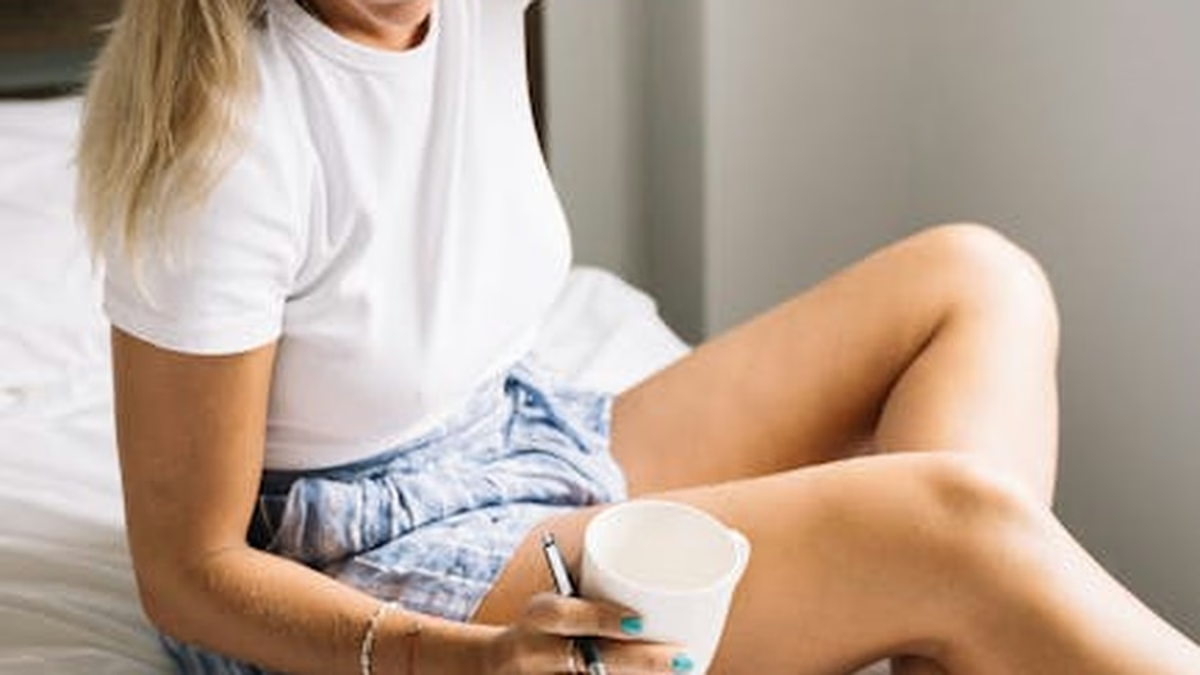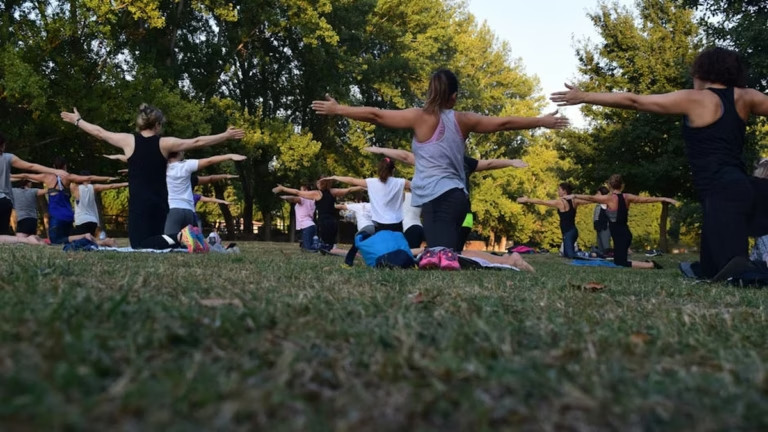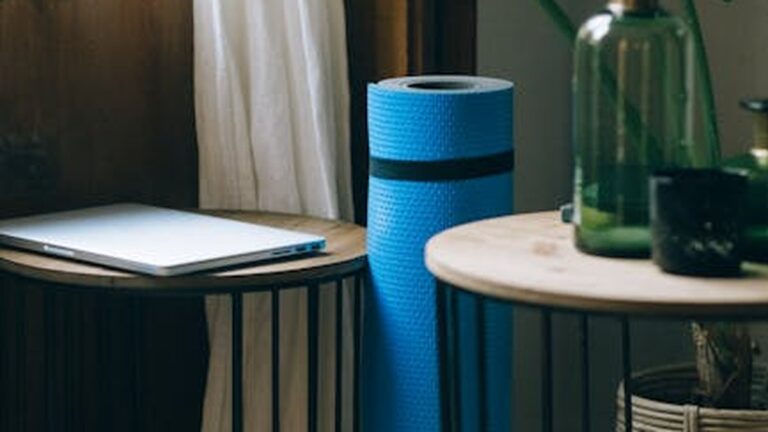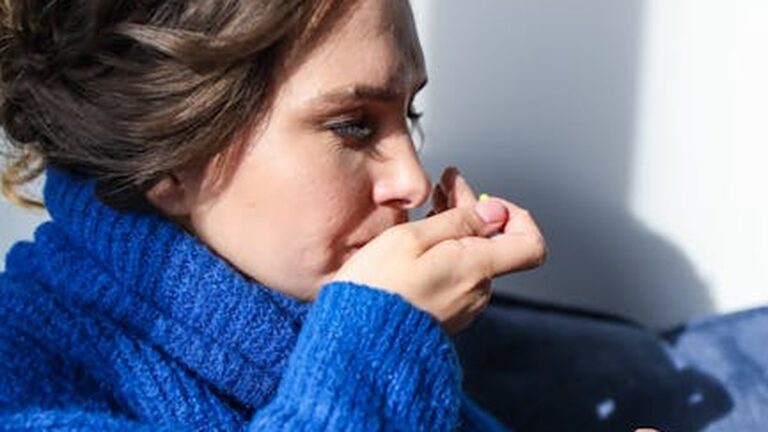Tech-Free Sleep Sanctuary: Creating a Restful Environment for Optimal Recovery
In today’s hyper-connected world, winding down for the night can feel like an uphill battle. The constant barrage of notifications, the allure of late-night scrolling, and the blue light emitted from our screens can wreak havoc on our sleep patterns. But what if you could reclaim your nights and create a Sleep Sanctuary, a haven dedicated to rest and rejuvenation? This isn’t just about getting more hours of sleep; it’s about optimizing the quality of your sleep for optimal sleep recovery.
Why a Tech-Free Sleep Sanctuary Matters
Sleep is fundamental to our physical and mental well-being. It’s during sleep that our bodies repair tissues, consolidate memories, and regulate hormones. Skimping on sleep, or suffering from poor sleep quality, can lead to a host of problems, including:
- Weakened immune system
- Increased risk of chronic diseases like heart disease and diabetes
- Impaired cognitive function and memory
- Mood swings and increased irritability
- Reduced productivity and performance
Studies show that even a single night of poor sleep can significantly impact cognitive performance. A 2013 study published in the journal Sleep found that sleep deprivation led to decreased attention, working memory, and decision-making abilities. Establishing a Tech-Free sleep routine and environment is a crucial step towards improving your overall health and well-being.
Creating Your Tech-Free Sleep Sanctuary
Transforming your bedroom into a Sleep Sanctuary requires a conscious effort to minimize distractions and create a calming atmosphere. Here’s how to get started:
Banishing the Blue Light Bandit
The blue light emitted from electronic devices suppresses the production of melatonin, a hormone that regulates sleep. This makes it harder to fall asleep and stay asleep. Implement these strategies to combat the blue light bandit:
- No screens in the bedroom: This is the golden rule. Keep TVs, laptops, tablets, and smartphones out of the bedroom entirely.
- Blue light filters: If you must use electronic devices in the evening, install blue light filter apps or use blue light blocking glasses.
- Dim the lights: Use dim, warm-toned lighting in the evening to signal to your body that it’s time to wind down.
Optimizing Your Sleep Environment
Your bedroom should be a sanctuary of comfort and tranquility. Consider these factors:
- Temperature: Keep your bedroom cool, ideally between 60-67 degrees Fahrenheit (15-19 degrees Celsius).
- Darkness: Use blackout curtains or blinds to block out external light. Even small amounts of light can disrupt sleep.
- Noise: Minimize noise pollution with earplugs, a white noise machine, or a fan.
- Comfort: Invest in a comfortable mattress, pillows, and bedding. Your bed should be a welcoming space that promotes relaxation.
Establishing a Relaxing Bedtime Routine
A consistent bedtime routine helps signal to your body that it’s time to sleep. Here are some ideas:
- Take a warm bath or shower: This can help relax your muscles and lower your body temperature, promoting sleepiness.
- Read a book: Choose a physical book (not an e-reader) to avoid blue light exposure.
- Practice relaxation techniques: Try meditation, deep breathing exercises, or yoga to calm your mind.
- Listen to calming music: Choose instrumental music or nature sounds to create a relaxing atmosphere.
- Drink herbal tea: Chamomile and lavender tea are known for their calming properties.
The Power of a Digital Detox Sleep
A digital detox sleep goes beyond simply turning off your devices. It’s about consciously disconnecting from the digital world to allow your mind to truly rest. This can involve:
- Turning off notifications on all your devices.
- Avoiding checking emails or social media before bed.
- Setting boundaries with work and personal communications.
Many people find that a digital detox sleep significantly improves their sleep quality and reduces feelings of stress and anxiety.
Case Studies and Examples
Example 1: Sarah, a marketing executive, struggled with insomnia for years. She often worked late into the night, checking emails and social media right before bed. After implementing a tech-free sleep routine, including banning screens from her bedroom and practicing meditation, she was able to fall asleep faster and sleep more soundly. She created a true Sleep Sanctuary.
Example 2: John, a college student, used to watch TV in bed until he fell asleep. He found that he was constantly waking up tired and groggy. After removing the TV from his bedroom and optimizing his sleep environment with blackout curtains and a white noise machine, he experienced a significant improvement in his sleep quality and energy levels. His optimal sleep recovery improved dramatically.
Troubleshooting Your Sleep Sanctuary
Creating a restful sleep environment isn’t always easy. Here are some common challenges and solutions:
- Difficulty falling asleep: Try progressive muscle relaxation or guided meditation.
- Waking up during the night: Ensure your bedroom is dark, quiet, and cool. Avoid caffeine and alcohol before bed.
- Racing thoughts: Keep a journal by your bed to write down any worries or anxieties that are keeping you awake.
If you continue to experience sleep problems, consult with a healthcare professional to rule out any underlying medical conditions.
Conclusion: Reclaim Your Nights for Optimal Recovery
Creating a Tech-Free Sleep Sanctuary is an investment in your health and well-being. By prioritizing better sleep hygiene and consciously disconnecting from technology, you can create a restful sleep environment that promotes optimal sleep recovery. Embrace the power of a digital detox sleep and transform your bedroom into a haven of peace and tranquility. Your body and mind will thank you for it!
References
-
Harvard T.H. Chan School of Public Health Nutrition Source
– Evidence-based nutrition guidance from Harvard researchers. -
Academy of Nutrition and Dietetics
– Professional nutrition resources and dietary guidelines. -
Centers for Disease Control and Prevention Nutrition
– Government nutrition recommendations and research.






